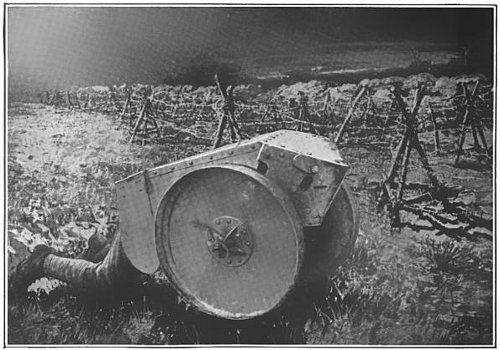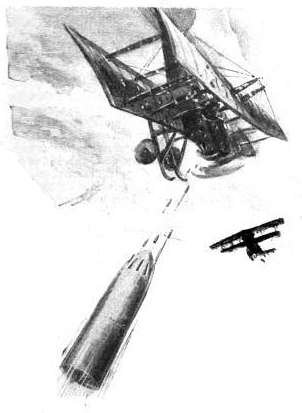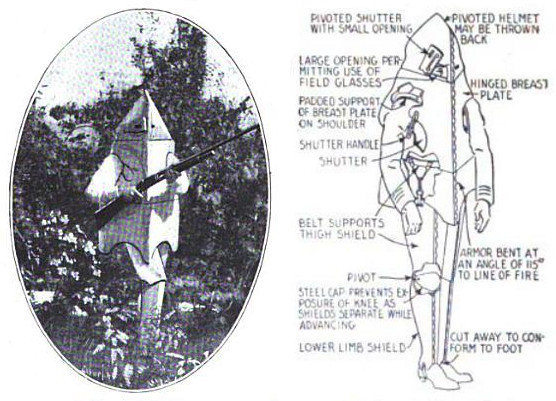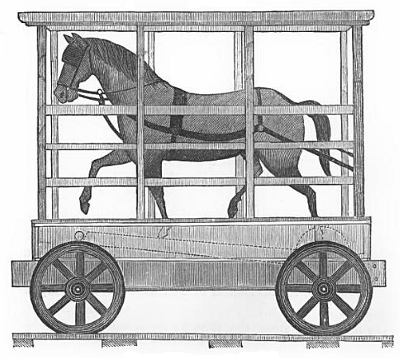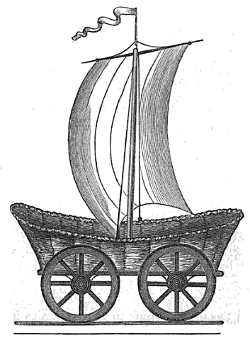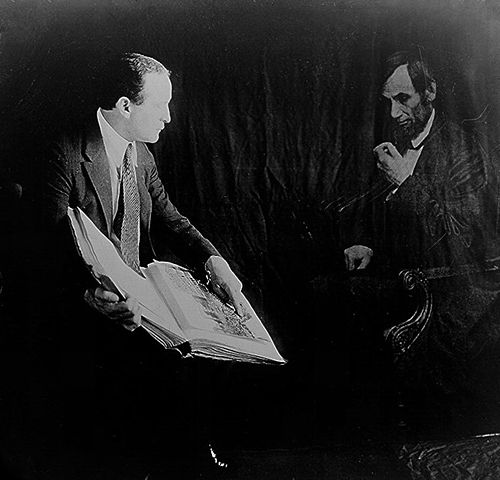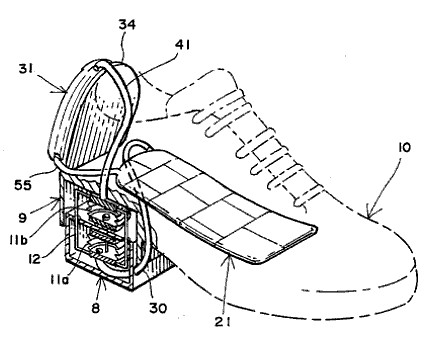Anthropologist George Bird Grinnell’s The Fighting Cheyennes (1915) describes “perhaps the only attempt to disable a railroad ever made by Indians.” A Cheyenne named Porcupine relates that in late summer 1867, after an embittering loss to U.S. soldiers in frontier Nebraska, his band witnessed “the first train of cars that any of us had seen. We looked at it from a high ridge. Far off it was very small, but it kept coming and growing larger all the time, puffing out smoke and steam, and as it came on we said to each other that it looked like a white man’s pipe when he was smoking.”
“Not long after this, as we talked of our troubles, we said among ourselves: ‘Now the white people have taken all we had and have made us poor and we ought to do something. In these big wagons that go on this metal road, there must be things that are valuable — perhaps clothing. If we could throw these wagons off the iron they run on and break them open, we should find out what was in them and could take whatever might be useful to us.”
They lay a stick across the tracks, which was enough to upset a handcar that appeared that night, and the Cheyenne killed the two men who had been working it. Encouraged, they used levers to pull out the spikes at the end of a rail and bent it a foot or two in the air. Presently they spotted two trains approaching and sent a party to assail the first one.
“When they fired, the train made a loud noise — puffing — and threw up sparks into the air, going faster and faster, until it reached the break, and the locomotive jumped into the air and the cars all came together. After the train was wrecked, a man with a lantern was seen coming running along the track, swearing in a loud tone of voice. He was the only one on the train left alive. They killed him. The other train stopped somewhere far off and whistled. Four or five men came walking along the track toward the wrecked train. The Cheyennes did not attack them. The second train then backed away.”
The Cheyenne would shortly be driven out of that country, but they relished this victory. “Next morning they plundered and burned the wrecked train and scattered the contents of the cars all over the prairie,” Porcupine relates. “They tied bolts of calico to their horses’ tails, and galloped about and had much amusement.”
